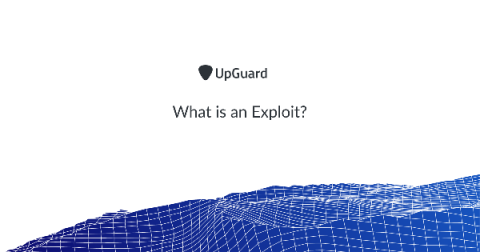JUMPSEC Jargon Buster - What is the difference between a Vulnerability Assessment & a Penetration Test, Thom explains. Vulnerability assessments typically rely on vulnerability scanning tools to identify technical vulnerabilities making use of pre-configured test cases and signatures. A penetration test takes a contextual view of the target, combining many vulnerabilities and information sources in order to craft specific attacks with the goal of finding security weaknesses. Simply put a penetration test mimiks a skilled attacker, whereas a vulnerability assessment provides a baseline against common known weaknesses.









